The DB Cooper Conspiracy: Secret Government Files, Disguises, and an Escape No One Expected
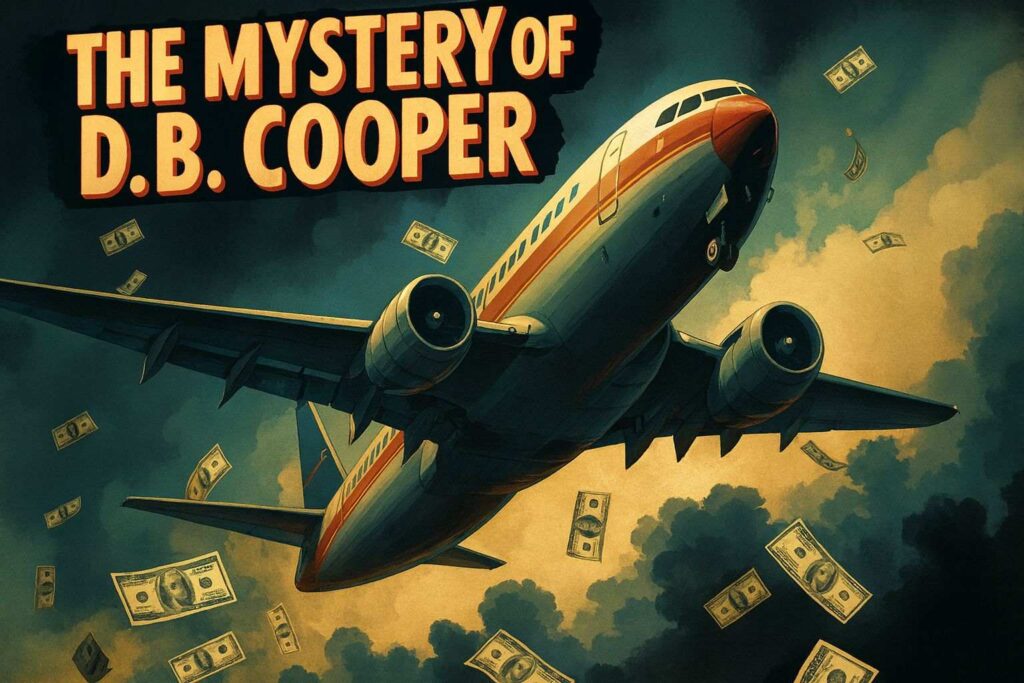
On a rainy Thanksgiving Eve in 1971, a man in a dark suit boarded Northwest Orient Airlines Flight 305. He was calm, unassuming, and carrying a briefcase that he claimed held a bomb. This man, who called himself Dan Cooper, would soon execute one of the most audacious heists in American history, vanishing into the night with $200,000 and leaving behind a mystery that has captivated the world for over 50 years. This is not just the story of a hijacking; it’s a dive into a conspiracy woven with theories of secret government training, classified files, and the haunting possibility of an inside job.
The Skyjacking That Shook America
The flight from Portland to Seattle was supposed to be a routine 30-minute trip. Shortly after takeoff, the man in seat 18E, later misidentified by the press as “D.B. Cooper,” handed a note to a flight attendant named Florence Schaffner. Thinking it was a flirtatious gesture, she initially pocketed it. Cooper leaned in and insisted she read it, whispering, “Miss, you’d better look at that note. I have a bomb.“
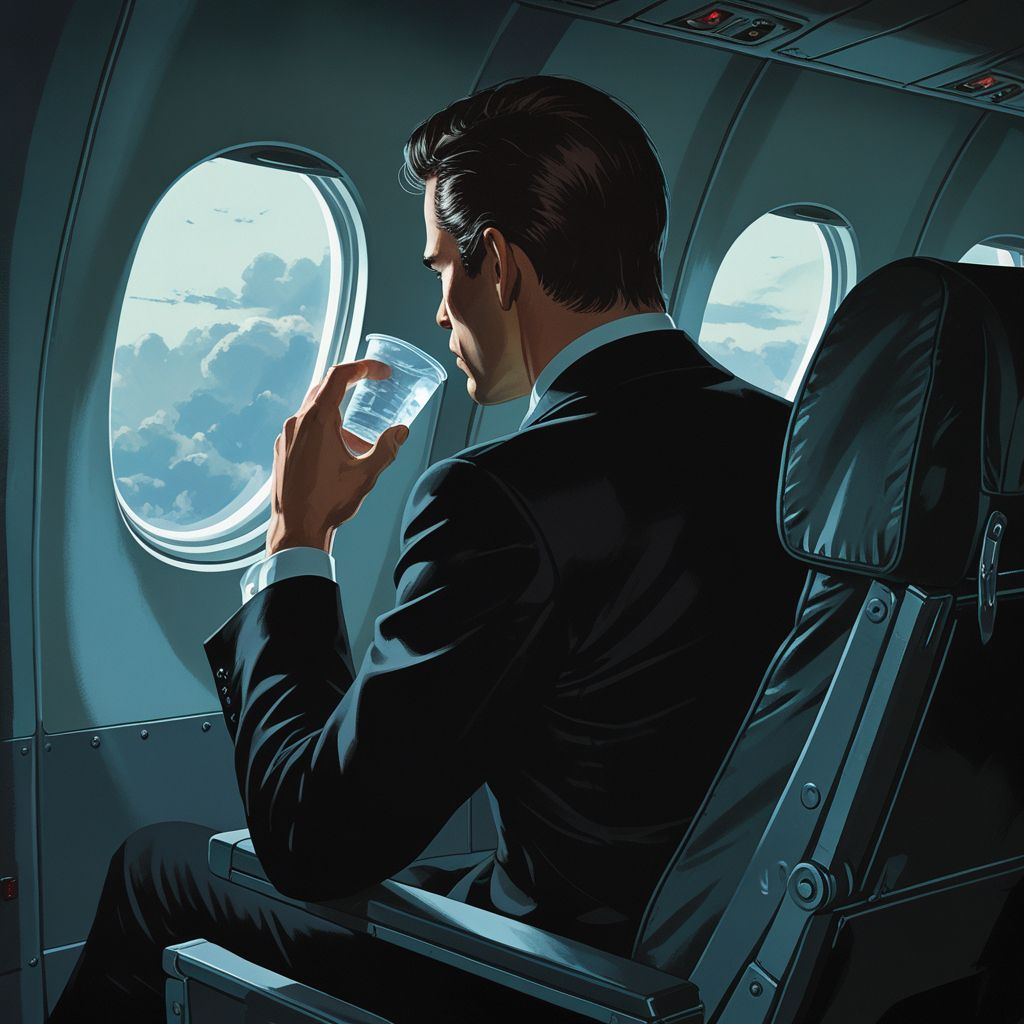
He opened his briefcase to reveal a terrifying assembly of red cylinders, wires, and a large battery. His demands were precise: $200,000 in cash, four parachutes, and a fuel truck ready upon landing in Seattle. To avoid panic, the flight crew kept the other 36 passengers in the dark, circling the skies for hours under the guise of a “minor technical difficulty” while authorities on the ground scrambled to meet his demands.
Once the money and parachutes were delivered in Seattle, Cooper released the passengers and most of the crew. He then ordered the pilots to take off again, this time heading for Mexico City at a low altitude and minimum speed. Somewhere over the dense, stormy forests of southwestern Washington, Cooper did the unthinkable. He lowered the plane’s rear airstairs—a unique feature of the Boeing 727—and jumped into the pitch-black, rainy night, never to be seen again.
Disguises and Decoys: Was Cooper a Trained Operative?
Cooper’s calm, methodical demeanor throughout the hijacking has long fueled speculation that he was no ordinary criminal. He appeared to be a man in his mid-forties, dressed in a business suit with a black tie and sunglasses. His knowledge of the aircraft’s capabilities, including the specific flap settings and the functionality of the aft staircase, suggested a background in aviation or engineering.
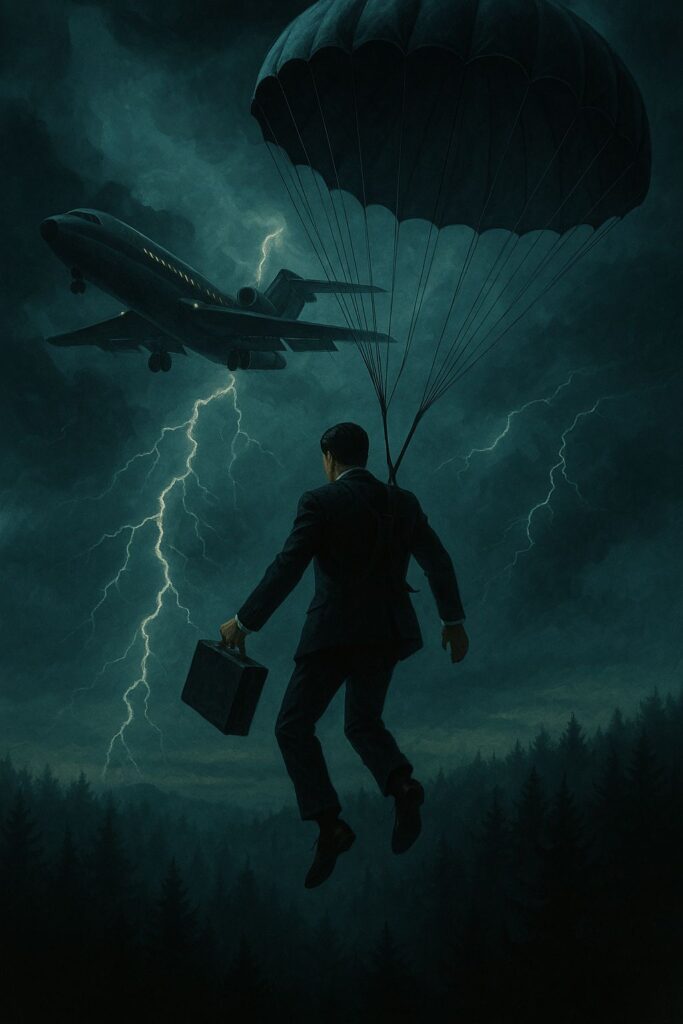
This has led many to theorize that Cooper was a military veteran or even a CIA operative. Such training would explain his composure under pressure and his ability to plan an escape that left virtually no trace. The FBI found 66 unidentified fingerprints on the plane, but none ever led to a match. The only physical evidence left behind was his black tie and a tie clip, which later analysis revealed contained particles of rare metals used in the aerospace industry, further linking him to the world of aviation.
The Missing Money and the Recovered Clues
For years, the case went cold. Then, in 1980, a young boy digging in the sand along the banks of the Columbia River found a decaying bundle of cash. The serial numbers matched the bills given to Cooper, confirming it was part of the ransom money. Investigators unearthed a total of $5,800, but the rest of the $200,000 has never been found.
The discovery only deepened the mystery. Did the money wash downstream after Cooper perished in the jump? Or was it planted there as a decoy to throw the FBI off his trail? The location where the money was found was far from the initial search zones, suggesting that the FBI’s initial calculations about his landing spot may have been wrong.
Secret Government Files: What’s Still Classified?
The official FBI investigation, codenamed “NORJAK,” spanned 45 years before it was officially closed in 2016. Despite interviewing over a thousand suspects, the agency never identified the hijacker. Freedom of Information Act (FOIA) requests have revealed thousands of pages of documents, but many remain heavily redacted, leading to speculation that the government knows more than it has publicly disclosed.
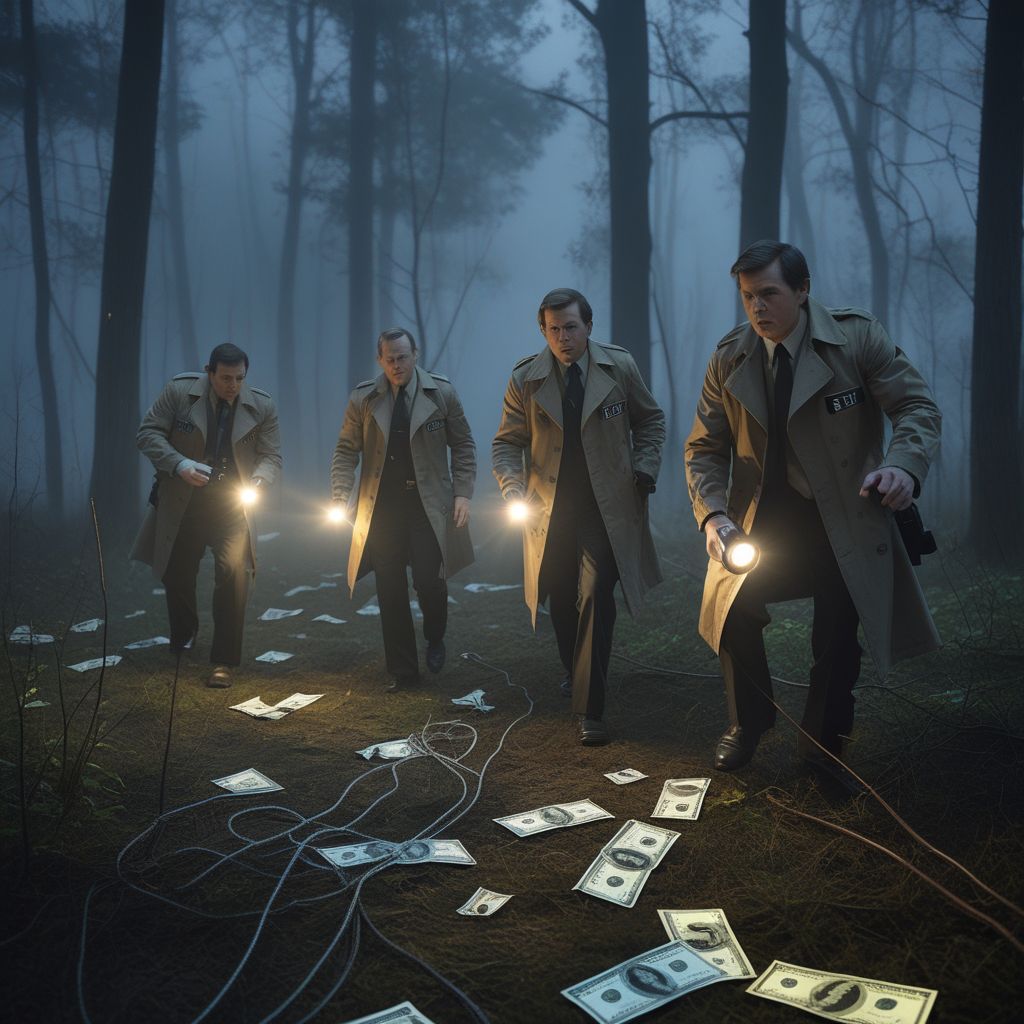
Conspiracy theories flourish in these information gaps. Some suggest Cooper was part of a covert Cold War operation and that the hijacking was a staged event. Could the government’s inability to solve the case be a deliberate cover-up to protect a former asset or a sensitive mission?
Was the Escape Helped From the Inside?
The precision of Cooper’s plan has also raised questions about whether he had help. Could an accomplice have been on the ground, waiting to aid his escape? Or was someone on the inside involved? The airline’s president, Donald Nyrop, made the unusual decision to comply fully with Cooper’s demands to protect the company’s reputation, a move that some found suspicious. While there is no concrete evidence of an accomplice, the flawless execution of the crime makes it a plausible theory.
Modern Investigations & Alleged Deathbed Confessions
Even after the FBI closed the case, amateur sleuths and investigative journalists have continued the hunt. Numerous suspects have been named over the years, but one of the most compelling is Robert Rackstraw, a Vietnam War veteran with a history of fraud and explosives training. A team of private investigators led by producer Thomas Colbert presented a detailed case arguing that Rackstraw was Cooper, citing his skills, physical resemblance, and cryptic comments he made to the media. Rackstraw, who passed away in 2019, denied the claims.
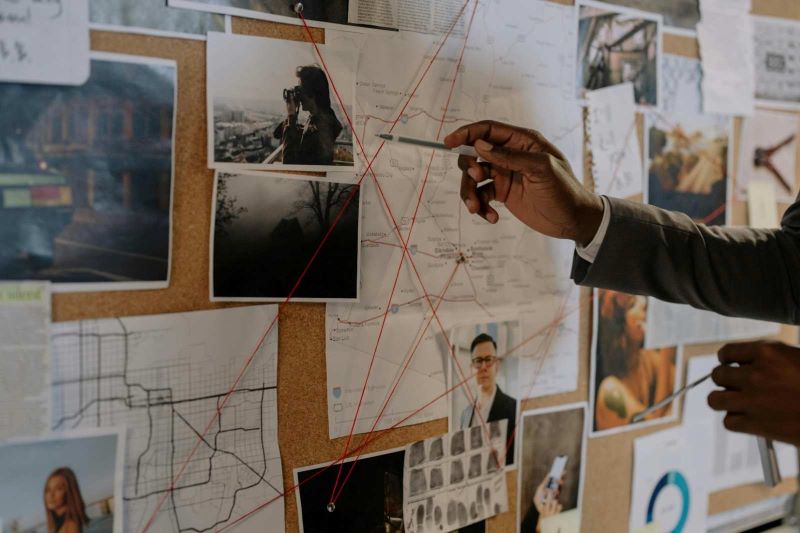
Other suspects, like Richard McCoy Jr., carried out similar copycat hijackings but were ultimately ruled out by the FBI. The case is filled with stories of deathbed confessions and tantalizing clues, yet none have ever provided the definitive proof needed to close the book on D.B. Cooper.
Why the DB Cooper Case Still Haunts America
More than five decades later, the D.B. Cooper saga endures as a modern folk legend. It has inspired books, films, and a dedicated community of online detectives. The story taps into the romanticized image of the “perfect crime”—a lone, anti-hero figure who outsmarted the authorities and vanished without a trace.
The mystery persists because it remains unsolved. Cooper could have been a brilliant operative, a desperate man, or simply a lucky amateur. He could have died in the fall or lived out his days in quiet anonymity. The lack of answers allows for endless speculation, making the story a timeless puzzle.
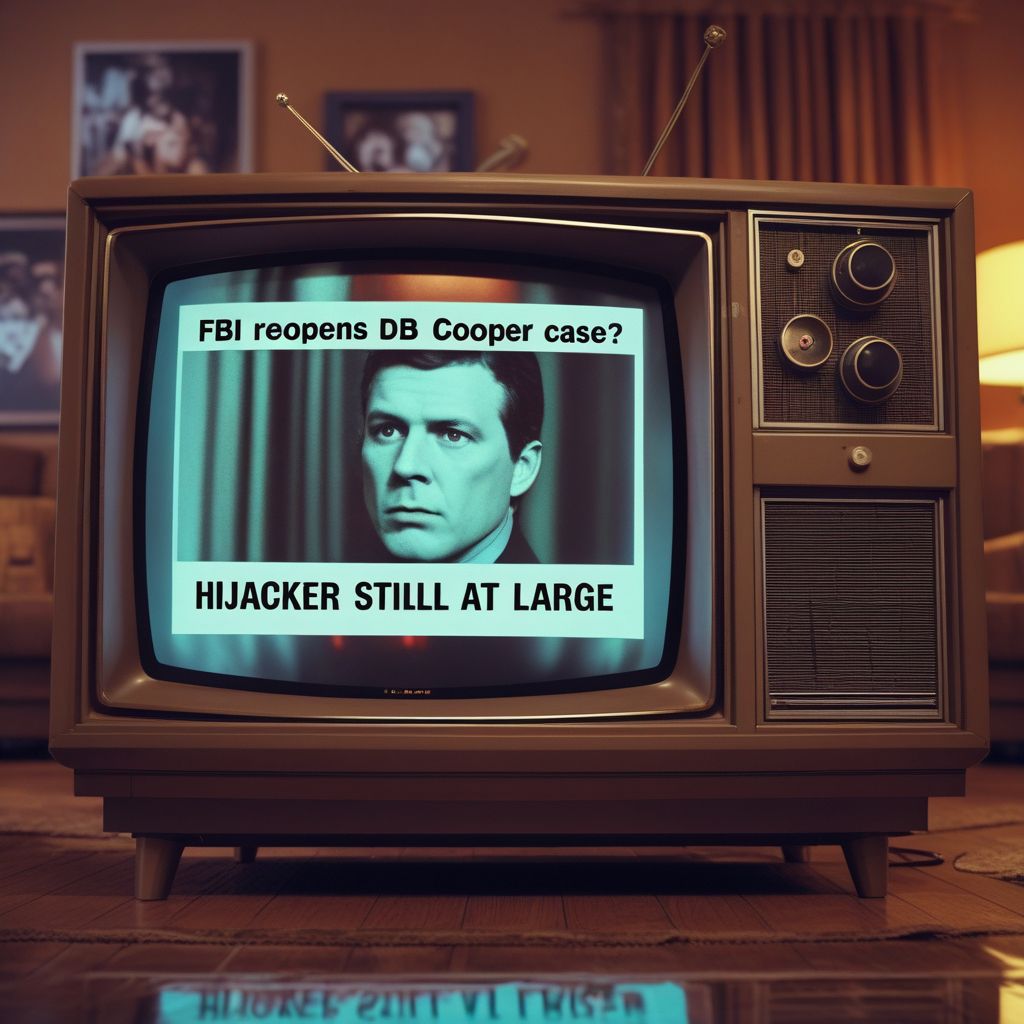
Final Thoughts: Will We Ever Know the Truth?
The legend of D.B. Cooper is a testament to the power of a great mystery. Was he a disgruntled veteran, a government agent, or something else entirely? Did he survive the jump and escape with the money, or did the wilderness claim him that stormy night?
Until new evidence surfaces, the truth remains lost to the winds of the Pacific Northwest. What do you believe happened to D.B. Cooper? The debate is as alive today as it was in 1971, and perhaps, that is the ultimate legacy of his daring escape.


